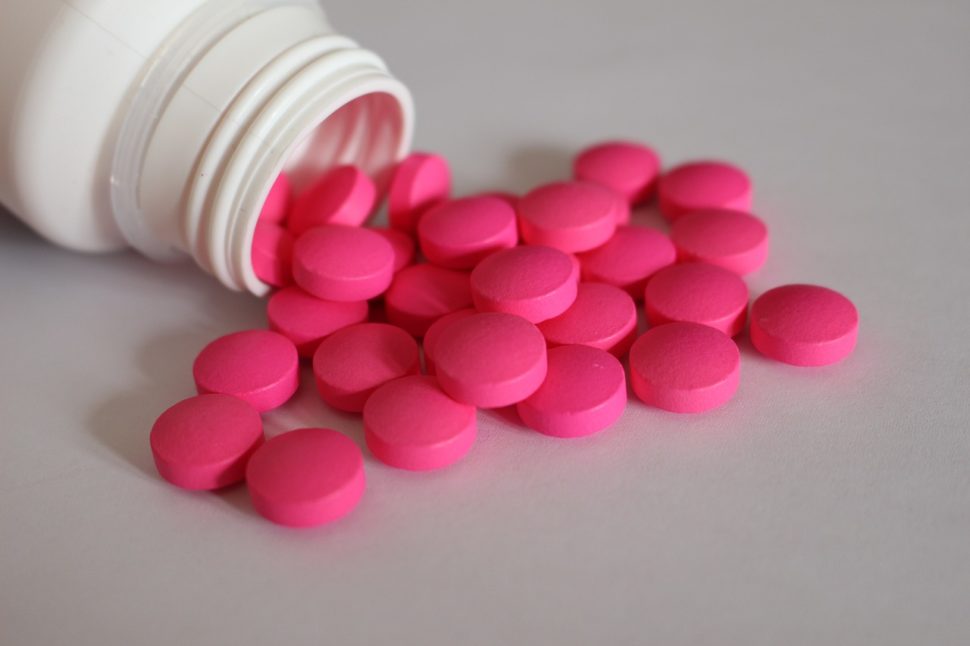In 2017, 1.7 million people in the United States suffered from substance use disorder that’s related to prescription opioid pain relievers. Another 652,000 suffered from heroin use disorder.
With so much focus on opioid use and its overdose, it’s easy to overlook one of its effects – adolescent heroin use.
Now a University of Southern California study is saying that teens who use prescription opioids to get high are more likely to start using heroin by high school graduation.
Opioid prescription drugs activate the pleasure circuit in the brain. As such, teenagers who enjoy the rewarding “high” that comes with such medications could be inclined to seek other drugs that produce a similar euphoria.
Heroin just happens to be an example of such.
In a statement, the first author of the study and assistant professor of surgery and preventive medicine at Children’s Hospital Los Angeles and the Keck School of Medicine, Lorraine Kelley-Quon said:
“Adolescents are sometimes overlooked in the opioid epidemic discussion. The association between nonmedical opioid use and later heroin use in youth is concerning and warrants further research and health policy interventions.”
So Lorraine decided to do something about it. Together with a team of researchers at USC, they conducted the first study to track prescription opioid and heroin use among teens over time.
Finding the Link Between Painkiller Abuse in Teens and Heroin Use
Using a bi-annual survey, the researchers tracked over 3,000 first-year students from Los Angeles to their senior year.
First, the students had to provide information on their previous and current use of prescription painkillers to get high. These include drugs like Oxycontin, Vicodin, and Percocet.
Aside from heroin, the participants also had to say if they were on other substance such as alcohol, marijuana, cigarettes, inhalant, or methamphetamine.
During the first 3.5 years of high school, nearly 600 of the 3,300 students reported using prescription opioids to get high. The researchers also noted that prescription painkiller use often determined who would later use heroin.
The findings revealed that 13.1 percent of prescription opioid users and 10.7 percent of previous prescription opioid users ended up using heroin at the end of high school. And only about 1.7 percent of the teenagers who had never use prescription opioids for the high effect used heroin at the end of high school.
To be sure of their result, the researchers examined the link between other drugs – alcohol, marijuana, and methamphetamine – and later use of the opioid. But, prescription opioid use appeared to have a stronger relationship with heroin than any other drug.
Senior author of the study and professor of preventive medicine and psychology at the Institute for Addiction Science at the Keck School of Medicine in USC, Adam Leventhal said:
“While we can’t definitively conclude that there is a cause-and-effect relation, there may be something unique about opioid drugs that makes youths vulnerable to trying heroin. The results do not appear to be driven by the tendency of some teens to act out, rebel, or experiment with many types of drugs.”



















Comments (0)
Most Recent